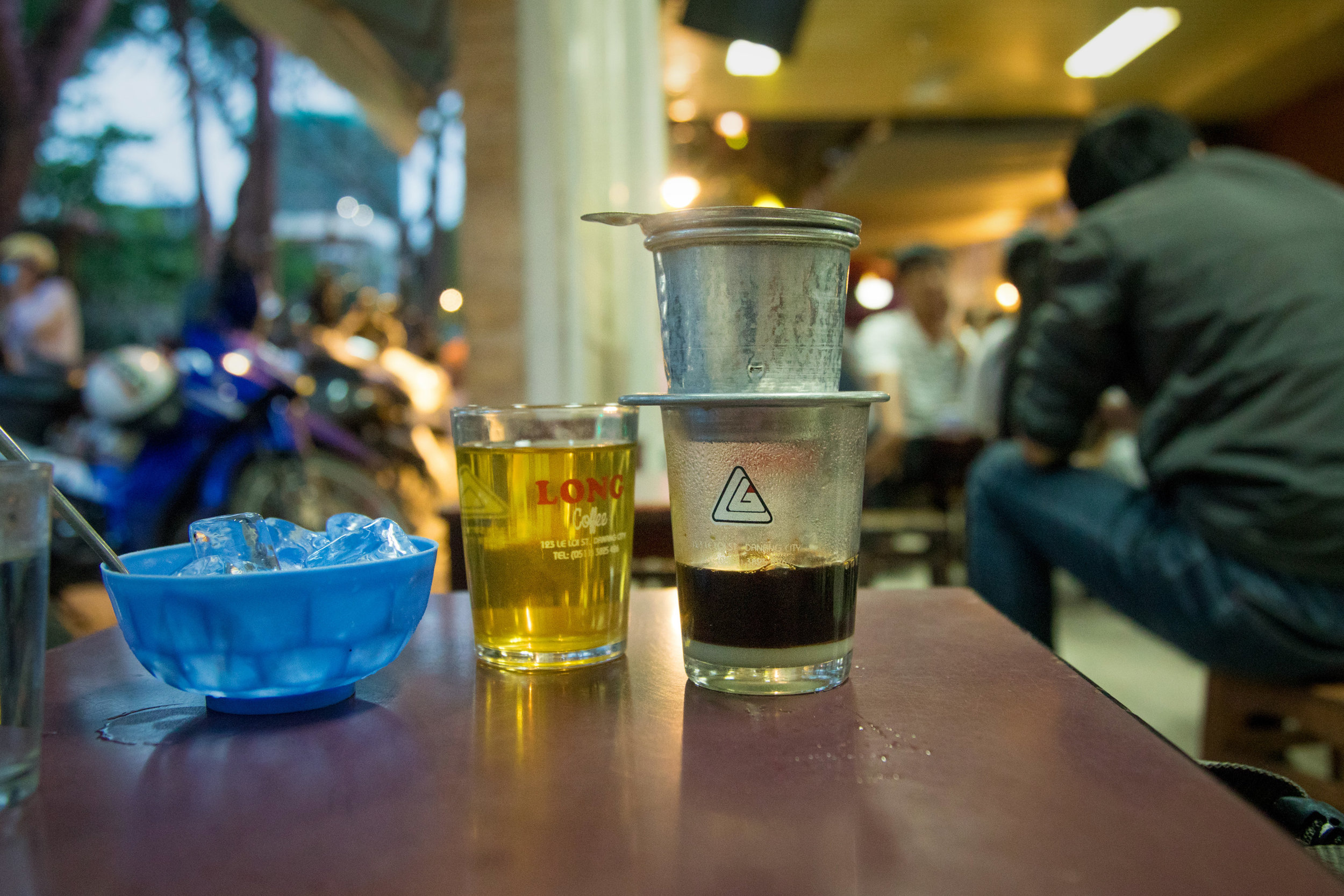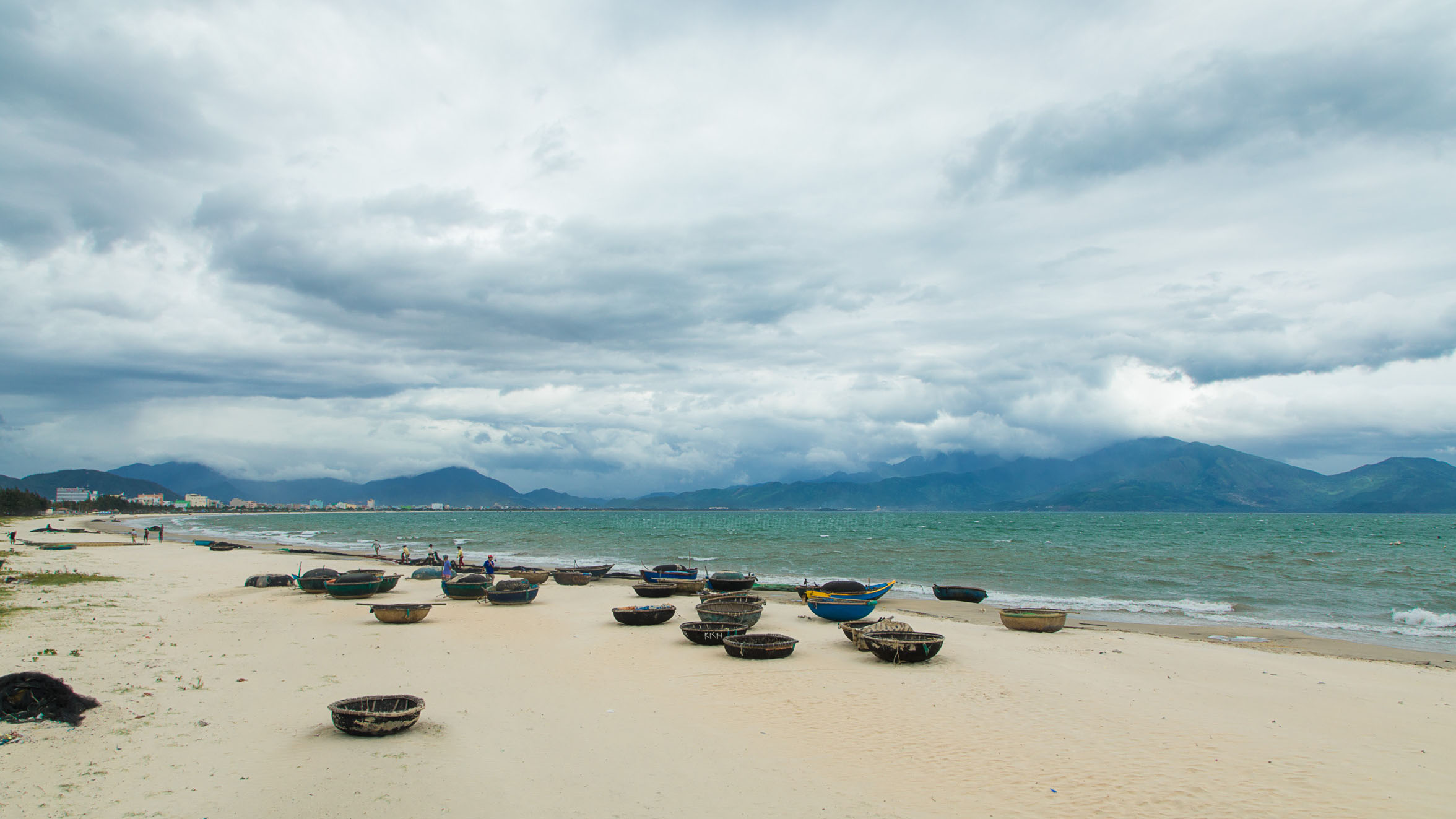Why do you travel?
You travel to places not because they’re listed as a must visit or because they have heritage sites or an extraordinary regional cuisine that you shouldn't miss (may be for some). You travel to unlearn preconceived notions from life as you know it, to grow a new layer, experience a change, adapt to it, turn a new leaf, make a note to inculcate it in your daily life at home and may be take it back or at least remember it when you come across similar experiences later in life. It may or may not drastically change you as a person, but what it will do is broaden your mind to note its existence.
Lesser heard cities and humble towns that take nights of opinion pieces and underground blog scouring to find on the internet, are fine examples of explorations that - due to the lack of guides, trails or ‘curated’ experiences - make you carve a fresh passage instead. Vietnam is home to many such destinations like Kon Tum, Buon Ho, Dalat, Sa Pa, Hue and many more. While Da Nang in Vietnam is definitely heard of, known and explored, most of its uniqueness is often overlooked by travelers as only being the closest airport to Central Vietnam's popular destination- Hoi An which is about an hour's drive.
Da Nang is about 700+ kilometers away from the capital city of Hanoi. Its location along the coast is what makes it an important port in the country, which is also marked in history books as where the Americans first landed some fifty plus years ago in order to protect their air base which was in the locale. Da Nang has come a long way post the Vietnam War and is now a proper coastal city and is looking now for an enterprising boom. The town can be primarily divided into two regions, connected by four unique bridges, bifurcated by the Han River flowing underneath. The part away from coast is the actual heart of the city, where all the markets are, life is and where rain soaked streets smell of nothing but a mixture of a delicious fermented soup and some black coffee by corner shops. In general, it is this part of the city where the residences, shops and major roadways lie. The other side of each of the four bridges is what Da Nang aspires to be in the next decade - populated by tall corporate high-rises, swanky hotels and palatial real estate for the ones who have the goods to afford them. Although, currently it is just a light tint of what will be in its future.
There are many places that you can stay over in throughout main town; Bach Dang, Le Loi and Hai Phong being the top areas for backpackers' hostels and hotels in general. Bach Dang Street is one of the popular streets in Da Nang due to its corniche like view overlooking the Dragon Bridge and Quay Bridge. Not only that, but Bach Dang is home to most of the well-known cafes and bars in town which are not only filled with locals on weekends, but also on weekdays. In addition to this, Bach Dang is also home to Da Nang's biggest market - Cho Han or Han Market that caters to most souvenir needs of tourists on one end and is also daily fish, fruit and vegetable market needs on the other end.
Mi Quang Noodles
Most of Vietnam is known for its bowls of clear noodle soups- Pho (pronounced 'Pha'), but Central Vietnam especially the Quang Province that shares this country's border with neighbor 'Laos' has made an identity for itself by popularizing food from this province. 'Mi Quang' or Quang style noodles are basically thick rice noodles served with a rich simmering meat broth and garnished with julienned cucumbers, shallots, toasted peanuts, a boiled egg and a topping of sesame rice crackers known as Banh Trang Me. The basic requirement of a stellar Mi Quang is a well simmered broth made using country-side chicken or other meat, strong flavour of soy and sugar marination all of which is cut stunning by the use of local tiny wild onion called 'Cu nen'. A basic version of this noodle soup (Tom Thit - Shrimp with Meat) should cost 25,000 dong while the supreme version 'Dac Biet' (meaning 'special' in Vietnamese) with Drumstick, Shrimp, Egg and Crackers should cost 40,000 dong. These noodle bowls are filling and spicy, so you may want to also call for some refreshing Longan juice which is a pale yellow cousin of the Lychee. Mi Quang is a staple across Da Nang and is available at every local restaurant and most of these restaurants literally have named their space after the dish itself, like Mi Quang A1 at Hai Phong Street in the heart of the city.
While noodle soups of all sorts may be what Vietnam is known for, let's not forget that this country is also known globally for its coffee plantations - Robusta, Catimor and Chari variety to be precise. Robusta and Catimor coffee carry a distinct burnt taste due to their concentrated caffeine content, while Chari is a caffeine-free variety of bean. Coffee chain brands like Cong Cafe and Trung Nyugen are scattered all over the country, but there are few standalone family run places where people sit on low plastic stools breaking sunflowers seeds with one hand and sip slowly dripped coffee with the other. Da Nang has its own such local favorite coffee-shop in the form of 'Long Coffee' located at the junction of Le Loi and Quang Trung road. Longs' is the oldest and most popular establishment that attracts people of all ages, right from inquisitive tourists to locals reading through newspaper to even someone getting work done on a laptop.
Noodle soup, coffee and banh mi aside Da Nang has many culinary tricks up its sleeve - wanting to be recognized as a beach town holiday destination, one with the best of both worlds, glitzy hotels bayside with an old school working class neighbourhood on the other side. From Monkey Mountain to Marble Mountains to the Lady Buddha monument, Da Nang has its architectural roots spread deep. While these have been tourist attractions since the past many years, the city is now focusing on its unique looking bridges to deliver the appetite for weekend attractions. Cau Rong or The Dragon Bridge is one such weekend spectacle where crowd gathers from all over town at 9 p.m to witness a firework show followed by a carnival of sorts underneath the bridge with jam sessions, people strolling by the riverside or teenagers bringing their tech-toys out for a spin.
In a nutshell, Da Nang aspires to be like its metropolitan cousins, mimicking its glamorous nightlife and modernisation while keeping its heritage and food culture alive like Hanoi. Da Nang in many ways is innocent, not bastardised and untouched from mainstream debauchery; a strange place where people watch Indian soap operas dubbed in Vietnamese over dinner slurping noodle soup and clinking pints all at the same time.
Watch 'I Was Here - Vietnam' Da Nang-Hoi An
In this second installment of our travel through Vietnam, we take a closer look at the coastal city of Da Nang, understand Central Vietnamese cuisine, their specialty noodles - 'Mi Quang' and finally travel to the neighboring ancient Japanese town of Hoi An.




